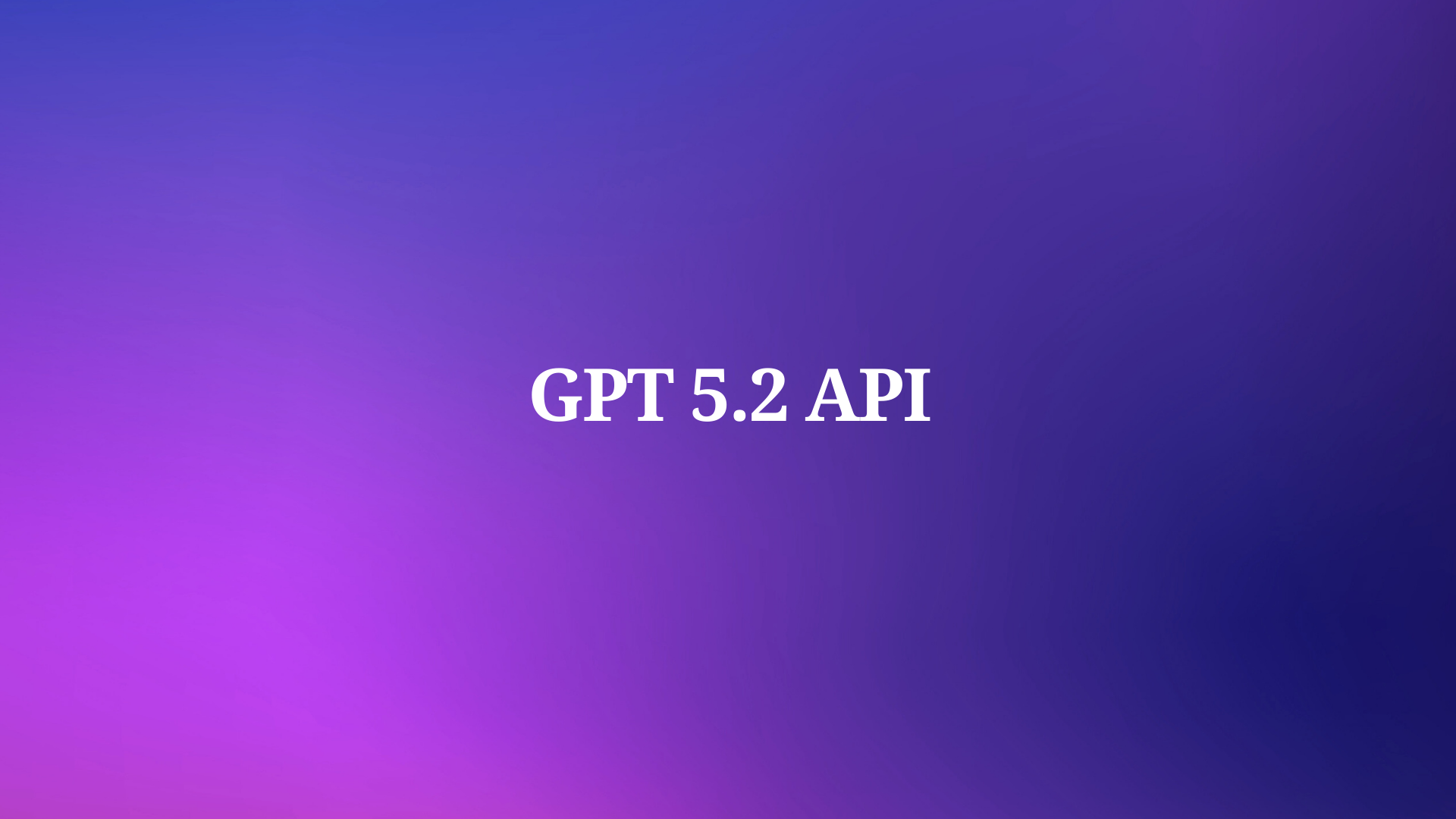Are you looking for a simple and effective way to post JSON data to an API? Look no further than HTTPie! This powerful command-line tool is designed to make interacting with web services as human-friendly as possible. In this guide, we’ll show you how to use HTTPie to post JSON data and we'll introduce Apidog, a tool that is easier to use to send HTTP requests more intuitively and easily.
What is HTTPie
HTTPie is a command-line HTTP client that allows you to interact with HTTP servers and APIs from the command line. It is designed to be user-friendly and intuitive, with features such as formatted and colorized output, built-in JSON support, and an intuitive syntax It is a lightweight and powerful open-source utility that is used by developers for testing, debugging, and exploring various API endpoints. HTTPie is available for both the terminal and web/desktop environments.HTTPie is designed for testing, debugging, and generally interacting with APIs and HTTP servers.
Some of the main features of HTTPie include:
- Expressive and intuitive syntax
- Formatted and colorized terminal output
- Built-in JSON support
- Forms and file uploads
- HTTPS, proxies, and authentication
- Arbitrary request data
- Custom headers
- Persistent sessions
- Wget-like downloads
- Linux, macOS, Windows, and FreeBSD support
- Plugins
How to install HTTPie
Before we dive into the details of posting JSON data with HTTPie, let’s take a moment to get started with the tool. In this section, we’ll show you how to install HTTPie on your system and provide an overview of the basic syntax.

HTTPie can be installed on a variety of platforms, including macOS, Windows, and Linux. Here are some installation instructions for different platforms:
How to intall HTTPie on macOS
You can install HTTPie using Homebrew by running the following commands in your terminal:
brew update
brew install httpie
Alternatively, you can install it using pip:
pip install httpie
Installing HTTPie on Windows
You can download the installer from the official website. Once downloaded, run the executable file and follow the instructions to install HTTPie.
Installing HTTPie on Linux
The installation process varies depending on the distribution you are using. For example, on Debian and Ubuntu, you can install HTTPie using the following command:
sudo apt-get install httpie
On Fedora, CentOS, and RHEL, you can use the following command:
sudo dnf install httpie
For more information on HTTPie and its features, please refer to the official documentation:

What do you need to know before getting started?
JSON (JavaScript Object Notation) is a lightweight data interchange format that is easy for humans to read and write and easy for machines to parse and generate. It is a text-based format that is often used to transmit data between a server and a web application. JSON data is written as name/value pairs, similar to JavaScript object properties. A name/value pair consists of a field name (in double quotes), followed by a colon, followed by a value. JSON objects are written inside curly braces, and arrays are written inside square brackets.
HTTP POST Request
POST method is an HTTP request method used to submit data to be processed to a specified resource. It is often used to create or update a resource on a server. The data sent to the server with POST is stored in the request body of the HTTP request.

Sending a POST request with JSON data
Now that we have httpie installed, let’s take a look at how to send a POST request with JSON data. We will be using the http command to send the request. Here’s an example:
$ http POST http://example.com/api/v1/users name=John email=john@example.com
In this example, we are sending a POST request to http://example.com/api/v1/users with JSON data that includes a name and an email address. The http command is followed by the HTTP method (POST), the URL (http://example.com/api/v1/users), and the data (name=John email=john@example.com).
Posting JSON Data with HTTPie
Now that you’re familiar with HTTPie, it’s time to start posting JSON data! In this section, we’ll show you how to use HTTPie to post JSON data to an API. We’ll provide examples of how to use HTTPie to post JSON data with different types of fields, including non-string JSON fields and nested JSON data.
Here’s an example of using HTTPie to send a JSON payload in a POST request:
http POST http://example.com/api/data name=John age:=30
In this example, we are sending a POST request to http://example.com/api/data with a JSON payload that contains two fields: name and age. The name field is a string, while the age field is a number. The := operator is used to indicate that the value of age should be treated as a number and not a string.
HTTPie automatically sets the Content-Type header to application/json when sending JSON data, so you don’t need to specify it explicitly. If you want to send a JSON payload from a file, you can use the @ syntax:
http POST http://example.com/api/data < data.json
In this example, we are sending the contents of the data.json file as the JSON payload in the POST request.
Using HTTPie to post JSON data with query parameters
httpie can also be used with query parameters.
http POST http://example.com/api/v1/data?param1=value1¶m2=value2 < data.json
Here, http is the command to send HTTP requests, POST is the HTTP method, http://example.com/api/v1/data is the URL of the API endpoint, and param1=value1¶m2=value2 are the query parameters. The < data.json part specifies that the JSON data should be read from the data.json file.
You can replace POST with other HTTP methods such as GET, PUT, PATCH, or DELETE depending on the API endpoint’s requirements.
Using HTTPie with other HTTP methods
httpie can be used with other HTTP methods as well. Here are some examples:
HTTPie supports all the standard HTTP methods such as GET, POST, PUT, DELETE, etc. You can use the following command to send a request with a specific HTTP method:
http METHOD URL [OPTIONS] [REQUEST_ITEMS]
Replace METHOD with the desired HTTP method, and URL with the URL of the API endpoint you want to interact with. For example, to send a PUT request to http://example.com/api/data, you can use the following command:
http PUT http://example.com/api/data name=John age:=30
In this example, we are sending a PUT request to http://example.com/api/data with a JSON payload that contains two fields: name and age. The name field is a string, while the age field is a number. The := operator is used to indicate that the value of age should be treated as a number and not a string.

What are some common use cases for HTTPie?
HTTPie is a versatile command-line HTTP client that can be used for a variety of purposes. Here are some common use cases for HTTPie:
- API testing and development: HTTPie simplifies the testing and development process of RESTful APIs by allowing developers to quickly test API endpoints, inspect responses, and iterate on their API implementation.
- Network debugging: HTTPie is an invaluable tool for troubleshooting network-related issues.
- Custom scripting: HTTPie can be used to create custom scripts for automating repetitive tasks, such as sending HTTP requests to a server.
- Data exploration: HTTPie can be used to explore data from APIs and web services by sending HTTP requests and receiving responses in a human-readable format.
These are just a few examples of how HTTPie can be used. Its simple and intuitive syntax, along with its built-in JSON support and colorized output, make it a popular choice among developers for testing, debugging, and exploring various API endpoints.
Advanced Usage of HTTPie
HTTPie is a powerful tool that can be used for much more than just posting JSON data. It can be used for a variety of purposes. Here are some advanced features of HTTPie:
- Customizable output formats: HTTPie allows you to customize the output format of the response. You can use the
--formatoption to specify the output format. The supported formats include JSON, XML, HTML, and more 1. - Request templates: HTTPie allows you to create request templates that you can reuse and share. You can use the
--templateoption to specify a template file. The template file can contain placeholders that will be replaced with actual values when the request is sent. - Interactive mode: HTTPie has an interactive mode that allows you to explore an API by making requests and viewing the responses in real-time. You can enter commands and see the results immediately. This is useful for testing and debugging APIs.
- Persistent sessions: HTTPie allows you to create persistent sessions that can be reused across multiple requests. This is useful for maintaining state across requests, such as authentication tokens or cookies 1.
- Custom headers: HTTPie allows you to specify custom headers for your requests. You can use the
-hor--headersoption to specify headers. You can also use the--authoption to specify authentication credentials 1. - HTTPS, proxies, and authentication: HTTPie supports HTTPS, proxies, and authentication out of the box. You can use the
--authoption to specify authentication credentials. You can use the--proxyoption to specify a proxy server. You can use the--verifyoption to specify a custom CA bundle for SSL verification 1. - Arbitrary request data: HTTPie allows you to send arbitrary data in your requests, such as JSON, form data, or binary data. You can use the
-dor--dataoption to specify the data. You can also use the@syntax to send data from a file.
Post JSON data more easily with Apidog
Apidog is a powerful API design and debugging tool that allows developers to describe and debug APIs in a visual editor with JSON Schema support. It is a complete set of tools that connects the entire API lifecycle, helping R&D teams implement best practices for API Design-first development.
Apidog supports all HTTP methods such as GET, POST, and PUT, and allows you to test APIs with just one click with an intuitive UI.
Step 1. Open Apidog and click “New API” to create a new API to test.

Step 2. Select the HTTP method to use for the API and enter the endpoint URL.

Step 3. Enter the necessary information such as parameters according to the API specification and click the “Send” button to send the API request and get the response.

By following these steps, you can easily post your JSON data with Apidog.
Conclusion
HTTPie is a powerful tool for posting JSON data to APIs. In this guide, we’ve shown you how to use HTTPie to post JSON data and introduce Apidog, its a tool that provides high-quality testing features that can handle API projects of various stages, which is a major feature that is different from httpie, which is a simple command tool. I recommend you to use Apidog when developing/testing APIs.




